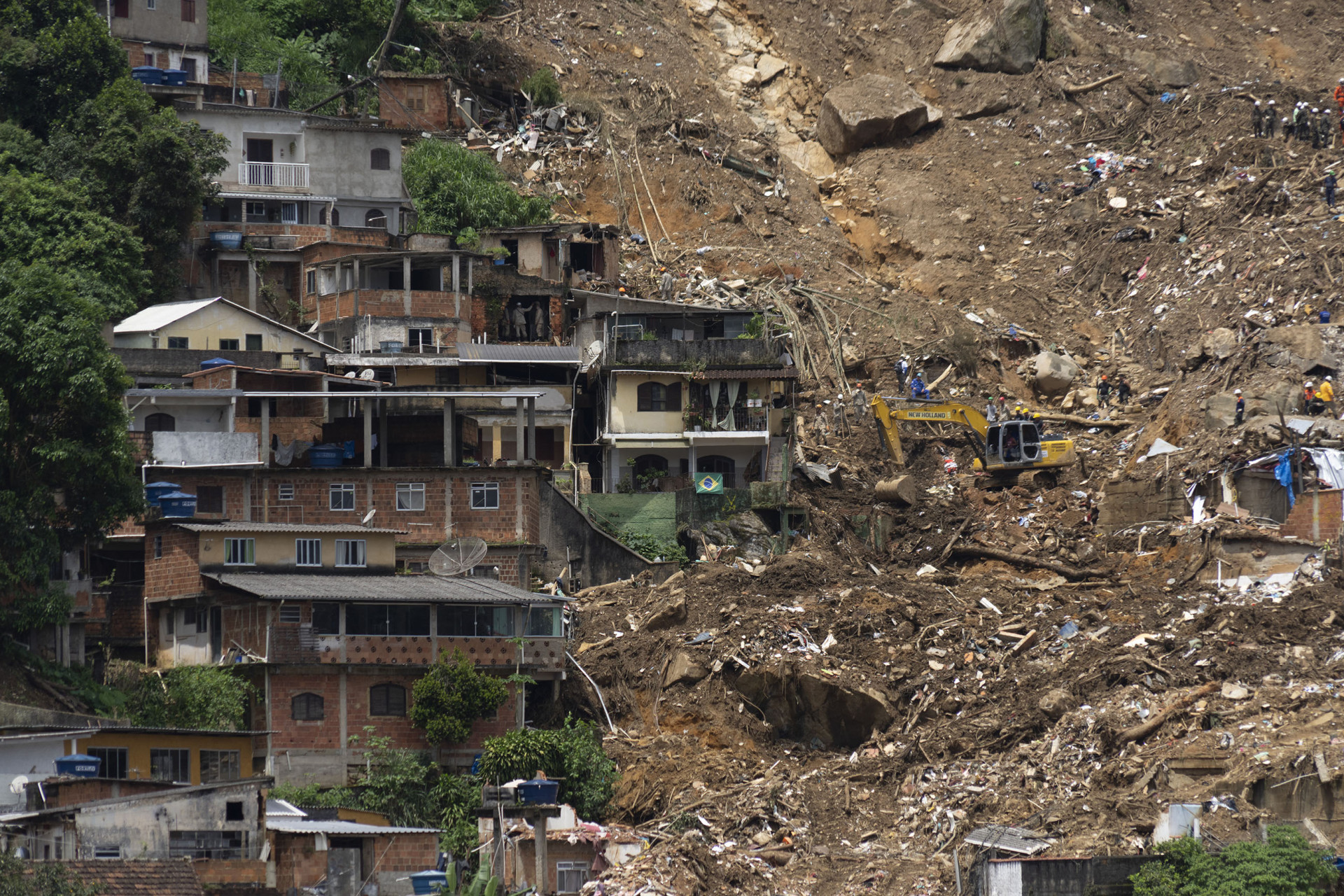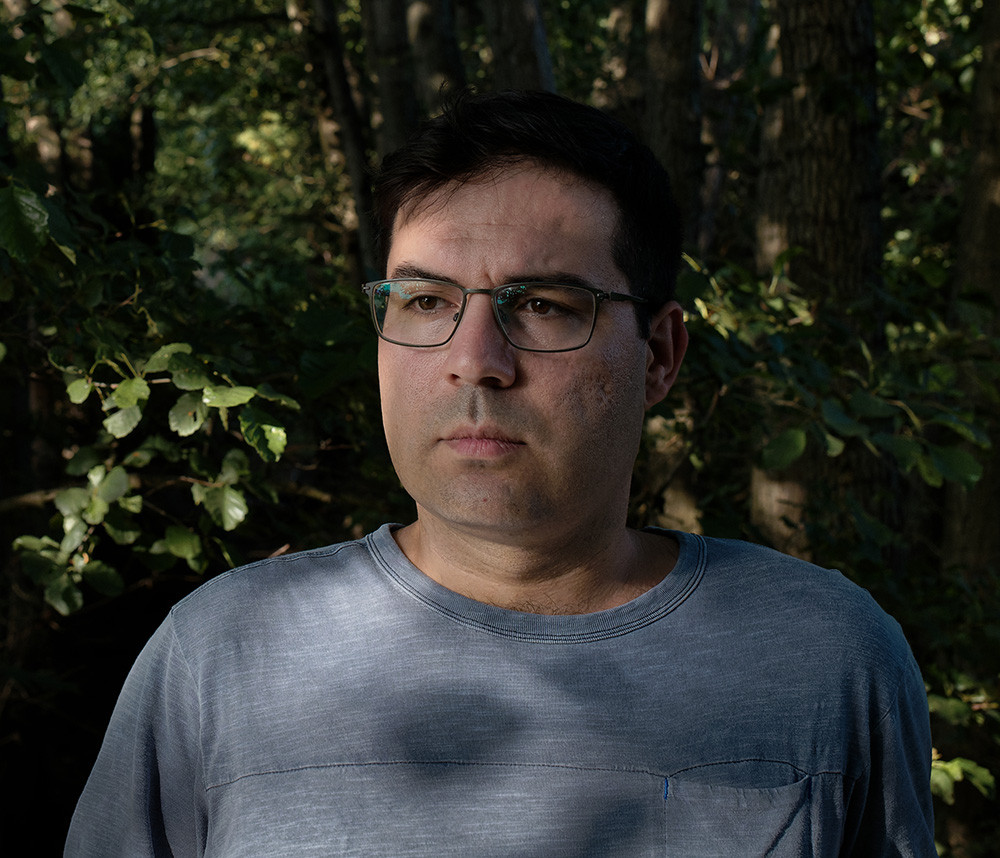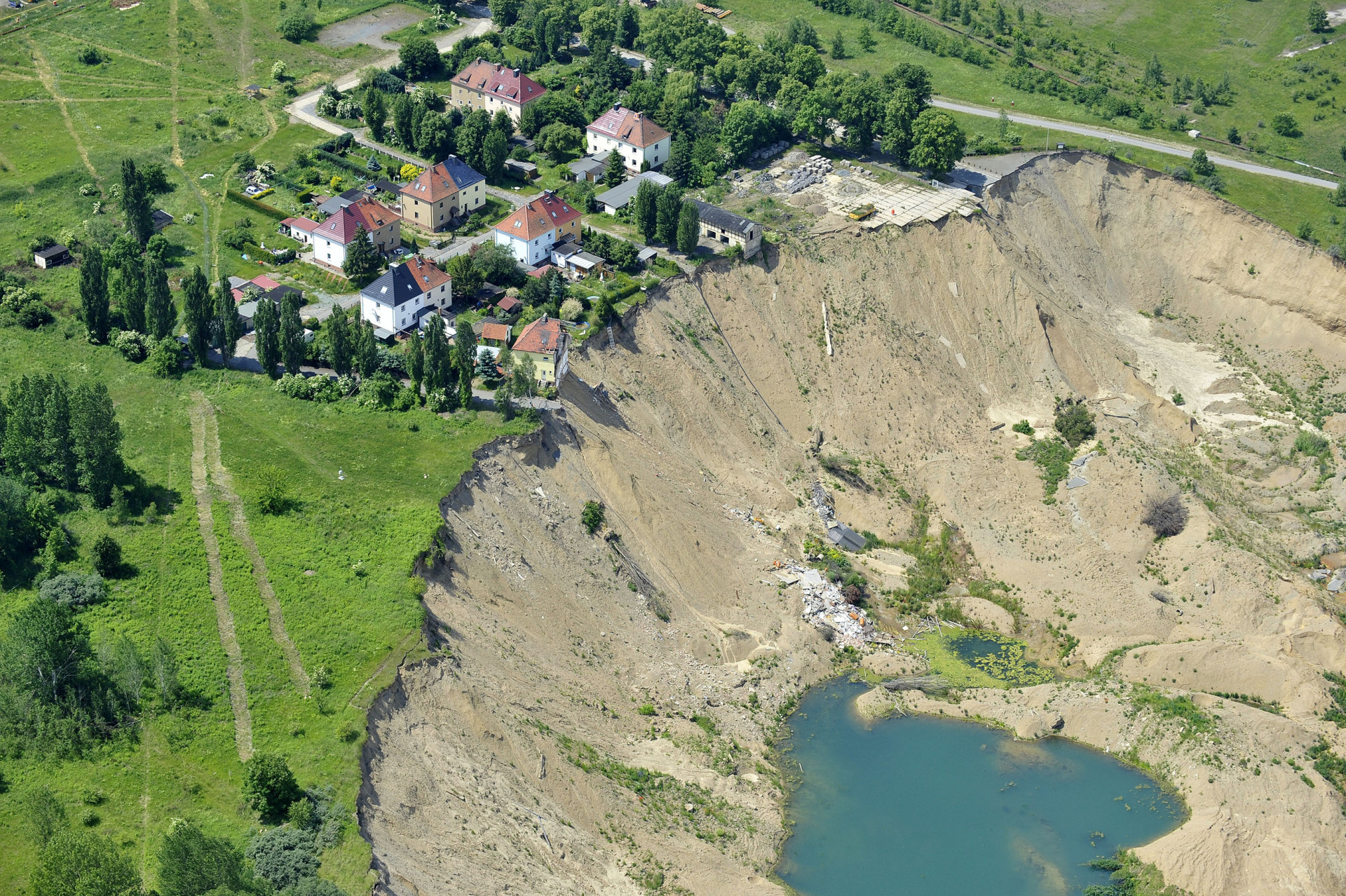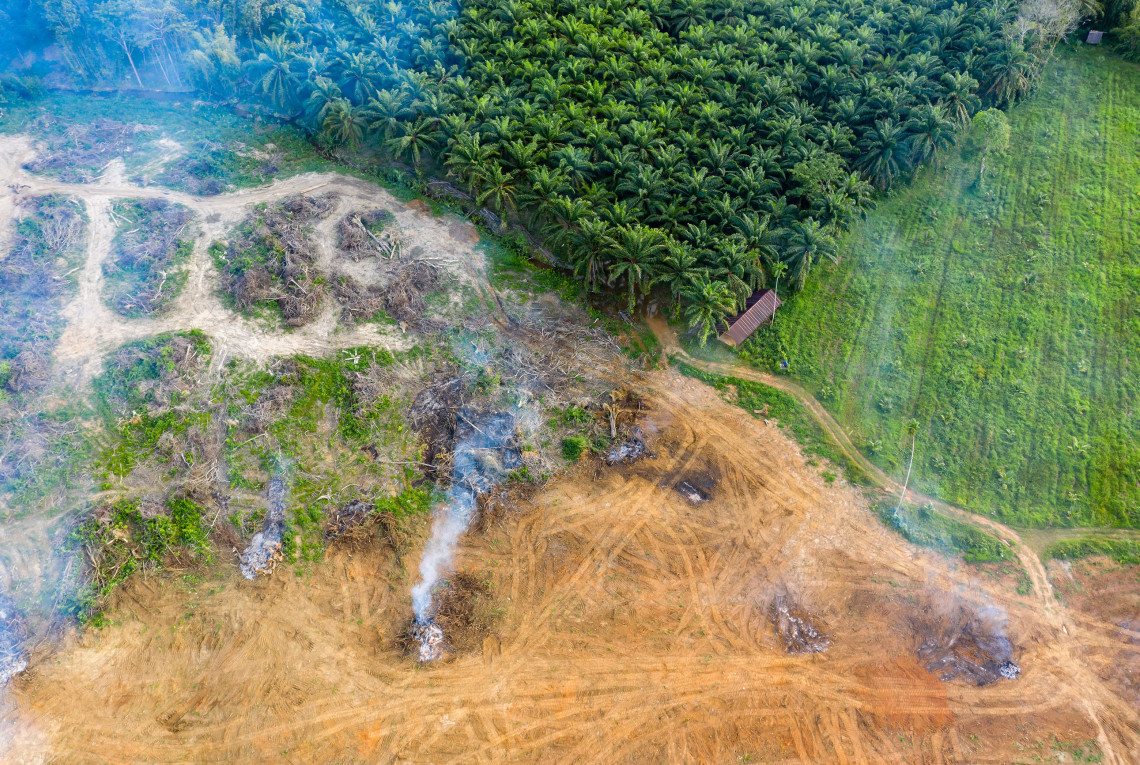Landslides: When the ground collapses
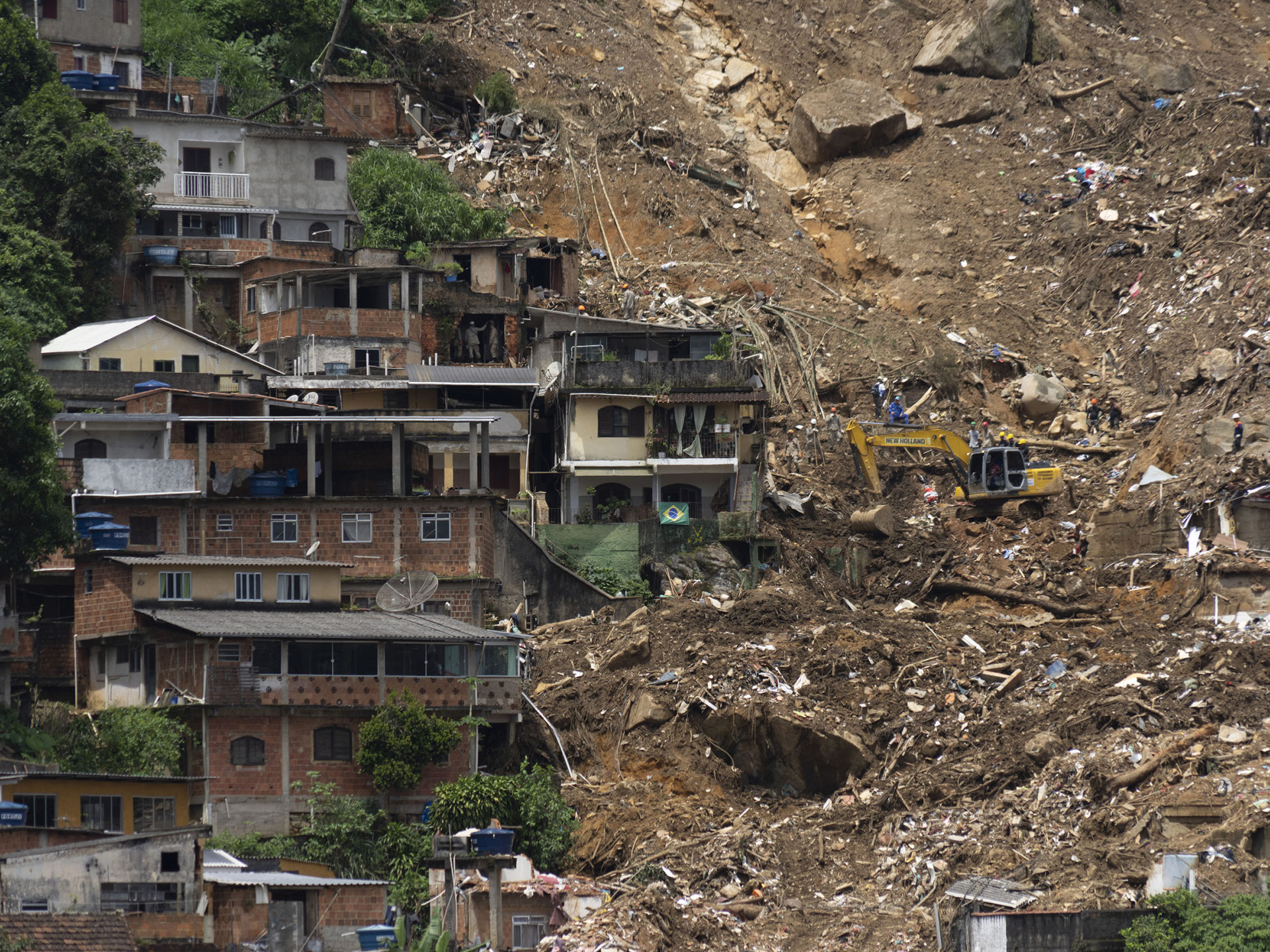

Landslides can have devastating consequences, swallow up houses and roads, pour vast amounts of debris into valleys, and damage lives, ecosystems, and infrastructure. Such hazards could occur more often in the future, says scientist Ugur Öztürk. In the journal Nature, he presents modeling results together with a group of international scientists, and calls for more research into landslide risks to prevent growing damage.
In the first months of 2022, several regions in South America, Africa, and Asia suffered deadly landslides, killing hundreds of people – one of the deadliest seasons on record. Several thousand people die in sudden landslides each year, and more get injured and lose their homes. Ugur Öztürk, a scientist at the Institute of Environmental Science and Geography at the University of Potsdam and the Helmholtz Centre Potsdam – GFZ German Research Centre for Geosciences, says the landslide risk will likely rise in the future. In our interview, he explains why.
Landslides are commonly seen as natural disasters. How do these devastating events happen?


By definition, landslides are mass movements of earth materials by the force of gravity. What basically happens is that the ground – soil, mud, rocks, and whatever is on it – gets unstable and starts sliding downslope – that can be a mountainside or the channel of a river. Landslides can move very quickly, so who- and whatever is in their way often has little time to react. That makes them so scary, deadly, and damaging.
Landslides are actually the most frequent geological event on Earth, so they have always occurred naturally. But with urbanization and climate change, we are in the process of increasing the landslide hazard substantially. Due to human impacts, many of those disasters are not entirely “natural” anymore. Unfortunately, the communities hit the hardest are those with few economic resources in the Global South, hence, the most vulnerable and least resilient.
What’s the trigger for such a sudden catastrophe?
There are several natural triggers. Sometimes it’s heavy rain that triggers a landslide, sometimes a volcano, an earthquake, or a drought. It gets especially hazardous when the soil is degraded or there’s no vegetation covering it. Healthy soil, roots, plants, and trees act as natural protection from landslides, particularly those that are shallow, up to about 10 meters deep. Plant roots hold the ground together, soak up water, and trees or shrubs can catch stuff falling down a hill. When that’s not there anymore – after a wildfire, for example, or because we cleared land for building farms or houses – that weakens this natural protection. On top of that, the way natural slopes develop is more stable than when the hillside is carved out to make room for infrastructure and buildings. These “artificial slopes”, so to say, are more prone to slip down and cause damage.
So we’re creating land that can slide downhill more easily?
Exactly. This has to do with urbanization in a time when space gets scarcer. As cities expand, they often move into less safe territory. Houses and roads are built, for example, on or near a steep slope that was previously uninhabited. If they aren’t constructed safely, the chance that a landslide could harm people rises.
The stability of a hillside decreases with steeper slope angles. To build roads or terracing for new houses, the hills are sometimes steepened even further, which destabilizes the natural slope and can lead to collapse. The stability is also influenced by water content and reinforcement by plant roots. If the plants are removed or water is added or not sufficiently drained – for example, leaking pipes – that can also decrease the stability of that slope.
So, we need to consider and study the human involvement in these disasters. We’re not only passive hazard victims but also actively shaping the environment for such disasters to occur.
Could climate change further worsen the situation?
Yes. Climate change is expected to greatly impact rainfall patterns, especially in humid regions such as the tropics or coastal areas. For example, instead of softer rain over a few days, we might experience short, but intense rainfall more frequently. Such concentrated downpours can trigger shallow landslides and debris flows. Although the area where such landslides start is usually small, a high amount of water means that the landslide might travel kilometers down into the valley, and affect a large area. For example, a landslide in Freetown, Sierra Leone, traveled about six kilometers along a creek, burying hundreds of people in 2017. Our model shows that a combination of unregulated, poorly engineered urbanization and more frequent rainfall will increase the number of landslides – mainly the smaller and shallower ones. So, climate change is definitely a factor, and the better we protect the climate, the less damage we can expect.
Most landslides happen in the Global South, which shoulders the biggest climate-related risks. Are we safe from a possible increase in landslides here in Germany?
No, we aren’t entirely safe. We also have fatal landslides here. A dramatic example was the rockfall that killed four people at Stein an der Traun in Bavaria, or the slide that carried two houses and three people into Lake Concordia in Saxony-Anhalt. In Germany, landslides often co-occur with floods. For example, landslides considerably increased the damage caused by the 2016 floods in Braunsbach and played a severe role in the Eifel Floods in the summer of 2021. Landslides free massive amounts of sediments, and sometimes even large boulders, which then fall into the flood water and make it even more dangerous, crushing and burying anything on its way. We will certainly experience more landslides in rugged parts of central Europe with the changing climate as well, and more damage connected to them.
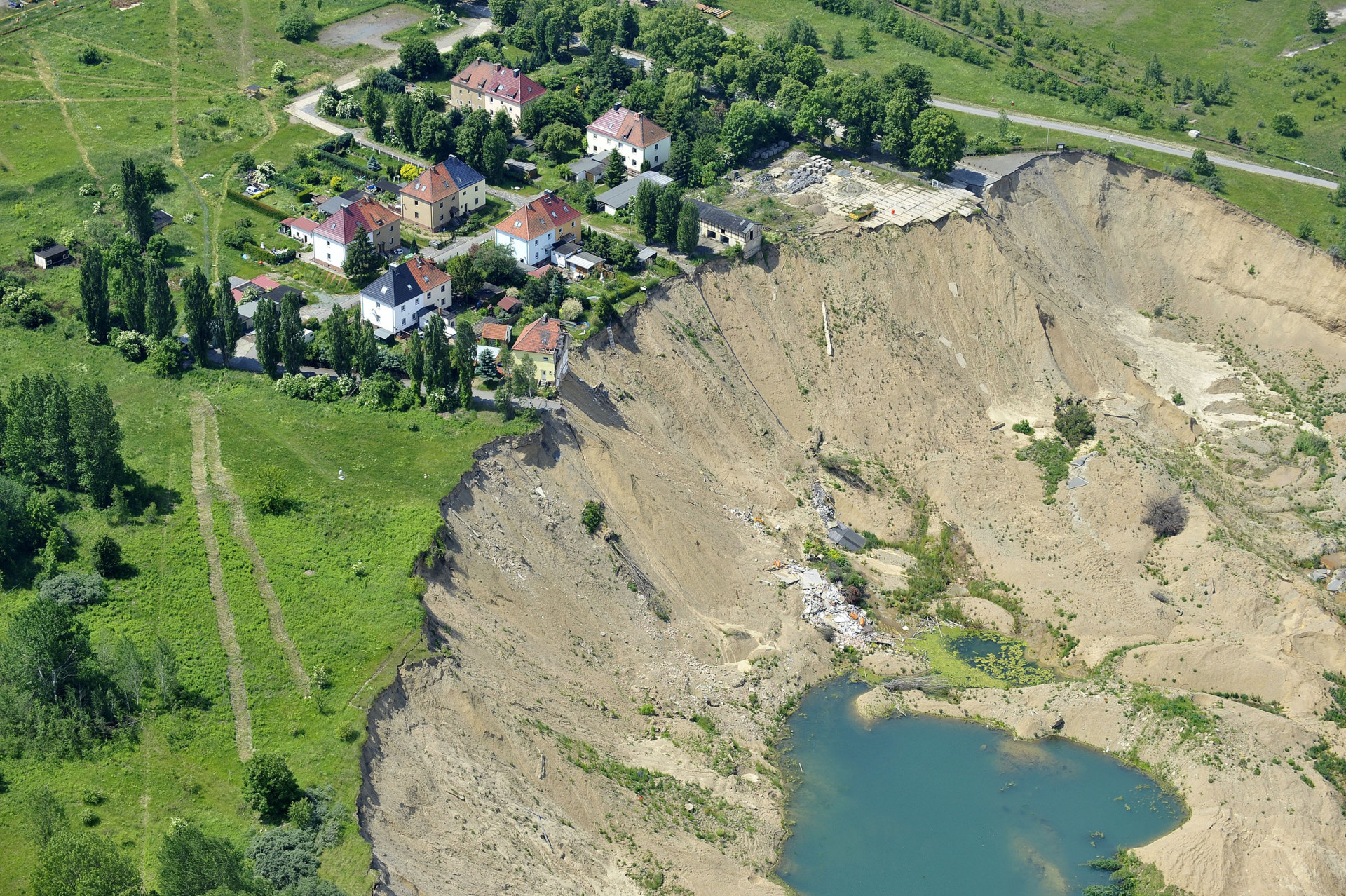
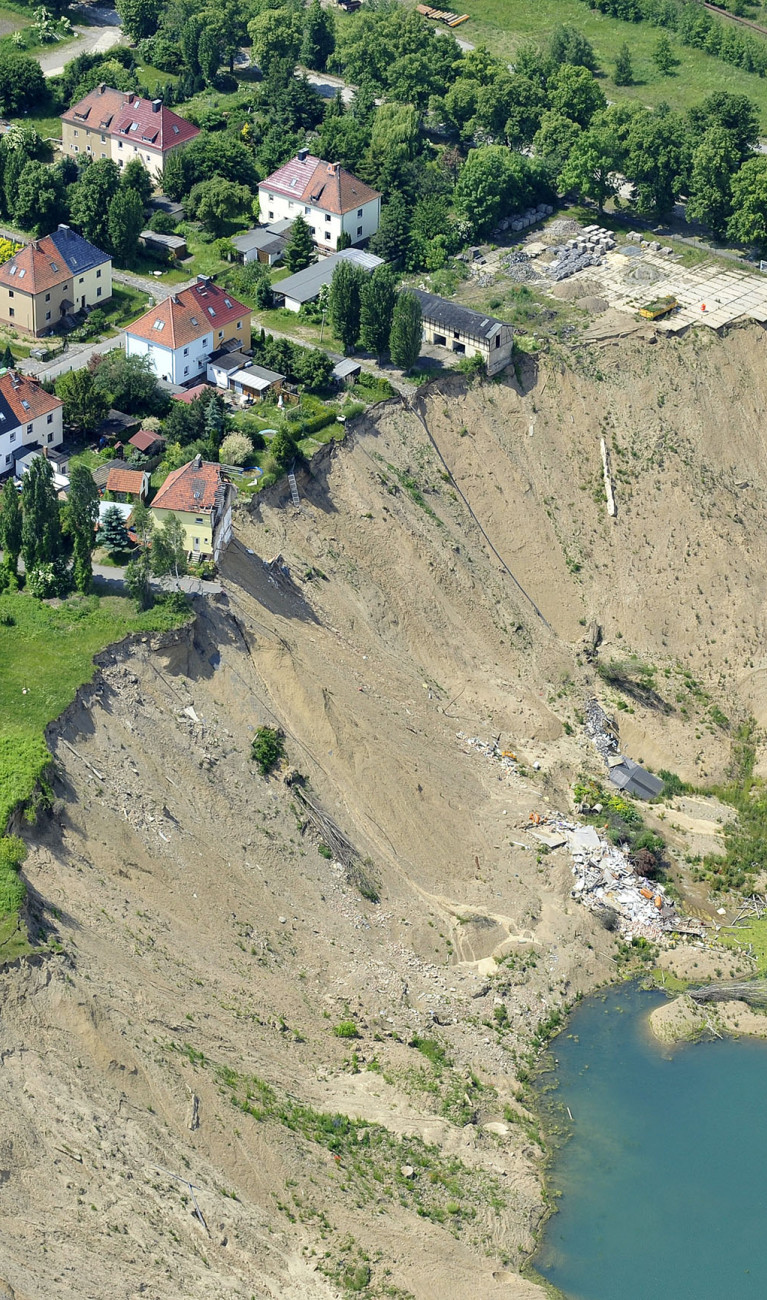
Is there anything we can do to protect ourselves and others from these risks?
Our article focuses on informal settlements of the Global South, where a lot needs to be done to avoid the growing damage – measures that we can support from abroad such as research, expertise, and international policy. But some suggestions would also apply to us in Germany. For example, we need to decisively protect the natural landscapes of Europe to mitigate human impact on natural environments. At an individual level, capturing rainfall from roofs would decrease the likelihood of landslides triggered by rainfall and also reduce the risks of flash floods and erosion. Plus, it would provide households with new water supplies.
But most importantly, all the involved parties, such as the Disaster Risk Reduction practitioners, policymakers, researchers, and residents of the risk communities, need to collaborate in multi-disciplinary teams and networks – to better understand and address the social, physical, political, and economic drivers of landslide risk.
Thank you for sharing your insights, Mr. Öztürk.
Header image: After a landslide in Petropolis in the state of Rio de Janeiro, Brazil (February 2022).
